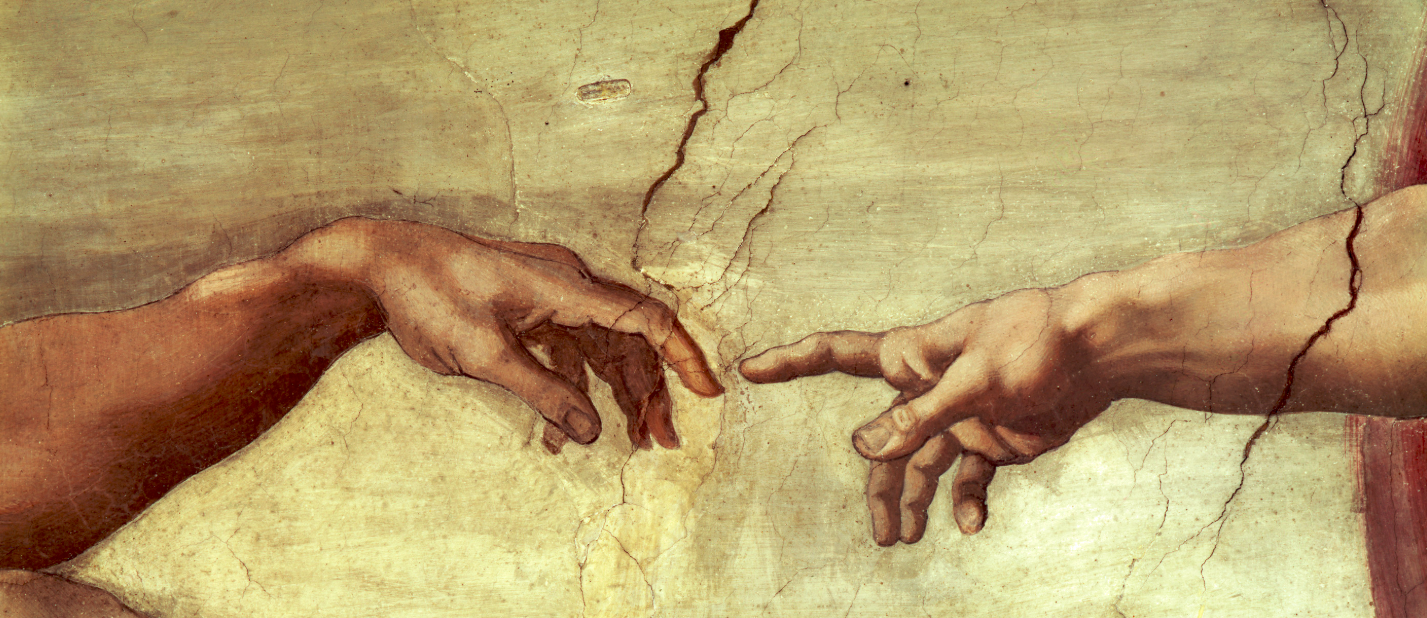June 19, 2019
Touch

I was doing a recovery run the other day, just cruising along the river the morning after a hard effort long run the day before. Stunning Perth winter’s afternoon, not a breeze, not a cloud, nice and cool.
Recovery runs are not the time to check your Garmin for pace, in fact you’d be better off leaving the watch at home, because a GPS watch is a time and focus sucker. You’re a risk for thoughts like “C’mon! Surely my heart rate’s not that high, it’s a recovery run!”, or “Recovery runs are supposed to be 5:05 – 5:31 per km, why am I doing 5:02s?” But I am an OCD runner, so it’s often about the stats and the pace and the distance, even when I’m supposed to be chilling.
For the point of a recovery run is, well, recovery after all, and that means of body and mind, and on a day like that day, definitely of spirit, what with the wan sunshine and afternoon dappled shadows under the river-hanging trees. And with recent rain the bloated water is stained with deep tannins and there’s a slight squelch on the side of the path every time I jump to dodge a puddle.
But there’s a red bitumen stretch along the river about two kilometres from my home where the kayakers and private school rowers train, and it’s straight and narrow and about 600 metres long. I just seem to run that section that bit quicker, especially if a rowing eight is beside me and pulling hard for speed. It’s always good to out dash them over that distance and show them that two legs will down 16 arms every time.
But as I picked up the pace for the final half “K” I saw two figures in the distance, approaching, walking as slowly as I was running quickly. A young woman and a smaller girl? No, not quite. As I closed in it was indeed a younger woman, but accompanied by a much older, and much, smaller, woman, who I could see, as the metres between us decreased, was physically impaired to the level where her limbs and face were contorted and twitching. Cerebral palsy, I thought.
An old woman in her 70s, perhaps, though many sufferers die younger than that, depending on the severity of the condition. A woman wizened by age and conditions and her young carer in a uniform, who was carefully guiding her along the pathway for a breath of fresh air.
And then, as I am approaching her, this little bird-like lady starts to shakily, but surely, raise her right hand up to her side in an open palmed movement. And I notice her pinkie and second finger bandaged together in a bright white bandage. And as I get even closer a smile starts to break out on her face. And on my face as I realise what is happening.
And she knows what I am going to do, and I know what I am going to do, and it seems like a long slow dance towards her. And in those few seconds, those couple of heartbeats, that 5:15 pace, I reflexively calibrate the amount of pressure my moving hand is going to impinge on her shaking, trembling, papery fingers. And I raise my right hand to meet her own upraised hand, and as I breeze past we give each other the gentlest, gossamer soft high five, me being careful all the while not to hit her bandaged fingers.
And as we pass she squeals with delight and say “Oh!” and her carer laughs and I turn on the run and smile back, with my heart enlarged, even if my heart rate is not doing what the Garmin has told me it should be doing. My metered life has just been knocked from its cadence in the best possible way.
And I wondered, I really did, as I ran on past, whether anyone else in her life that day who wasn’t on the payroll, had actually touched her. Whether she had had any sort of comforting human contact that wasn’t on a timesheet. Now don’t get me wrong, carers are wonderful people, and it takes a special kind of carer to care for not just the elderly, but the elderly and truly infirm, whom our society would prefer to forget.
I saw how much my dad was cared for in his final demented years when he could still walk. There was something particularly moving about seeing a carer, who couldn’t see me approaching in the corridor, gently sway and shuffle and shimmy dad with a tenderness that cannot be measured in terms of hourly rates. But for so many in that ward, who never saw a visitor or family member, paid staff were the only people who ever touched them!
We love touch. We long for it. And there’s something biblical about its healing capacity. God forms everything but humanity with Word, but when it comes to us, the image is of hands shaping and moulding. And then there’s the deeply intimate act of God breathing the breath of life in the nostrils of the man.
Of course there is illicit touch, and Eve’s comment on God forbidding the touching of the fruit becomes not merely touch, but taste. And so, by consequence, there’s something horrific about the leper who is cast out of the camp, beyond touch, indeed forbidden the touch of others.
And most famously, there is Jesus, the one who touches the untouchable and who could, if he had run past that old lady, have healed her completely with barely the brush of his thumbprint. Jesus who became an untouchable – the untouchable – for us.
Then most gloriously, there is the final day touch, when we are told in Revelation 21 that God himself will wipe every tear from the eyes of his people. He won’t send an angel down with a tissue to do the dirty work for Him. How could we expect He ever would? The One who was involved intimately with us via touch in creation, bookends this intimacy in the new creation.
We’ve sexualised or trivialised touch so much in our modern world. And touch – or lack of it – is a symptom of that most modern of malaise, loneliness. Loneliness is the new normal for vast swathes of our western world. For a world in which we jostle and push past each other so often, deep loneliness is epidemic. There is a government strategy in the UK to counter it, including portfolios across a range of ministries.
And with loneliness often accompanying ageing, it simply means that touch also is vanishing from the experience of those who might need it, and its salving balm, the most. Our cultural revulsion at ageing means we shy away from touching wrinkled, life-exhausted skin with all its blotches, as much as we love to touch the top of a baby’s head and that gentle pulsating fontanelle beating in time with its heart.
I remember the last day I touched my father as he lay dying, unconscious; his breath shallow; his skin hot and red. His head by this stage was covered in the scars of skin cancers, and it had often repulsed me, but I smoothed my hand over that crackled dome with all the love I could muster. and felt his still soft and supple earlobes. I wiped water-filled cotton buds on his lips to ease his thirst in those last hours, and stroked my hand across his arm in a way I remember doing while sitting on his lap in Melville Baptist church on cold Sunday nights when I was six or so. He’d sit attentively, patiently, while I fidgeted and fiddled with his wedding ring as he listened to the sermon.
And then overnight he was gone and my next touch of his skin was that cold wax feeling that tells you, instantly, deeply and conclusively, that he’s not simply resting, but he’s gone in a way that I could not conceive just twelve hours prior.
And I will not touch Dad again. Not in this age. Not until that day when God Himself wipes every tear from our eyes. And perhaps on that day God will invite us to work alongside him, and I get to touch my father again. And who knows, perhaps there will be an old lady there as well, perfected and straightened and ageless, who will light up in recognition as I come past, Garminless and sans OCD, holding out her hand with a smile and a laugh, ready for a second high five.
Written by
There is no guarantee that Jesus will return in our desired timeframe. Yet we have no reason to be anxious, because even if the timeframe is not guaranteed, the outcome is! We don’t have to waste energy being anxious; we can put it to better use.
Stephen McAlpine – futureproof
Stay in the know
Receive content updates, new blog articles and upcoming events all to your inbox.


